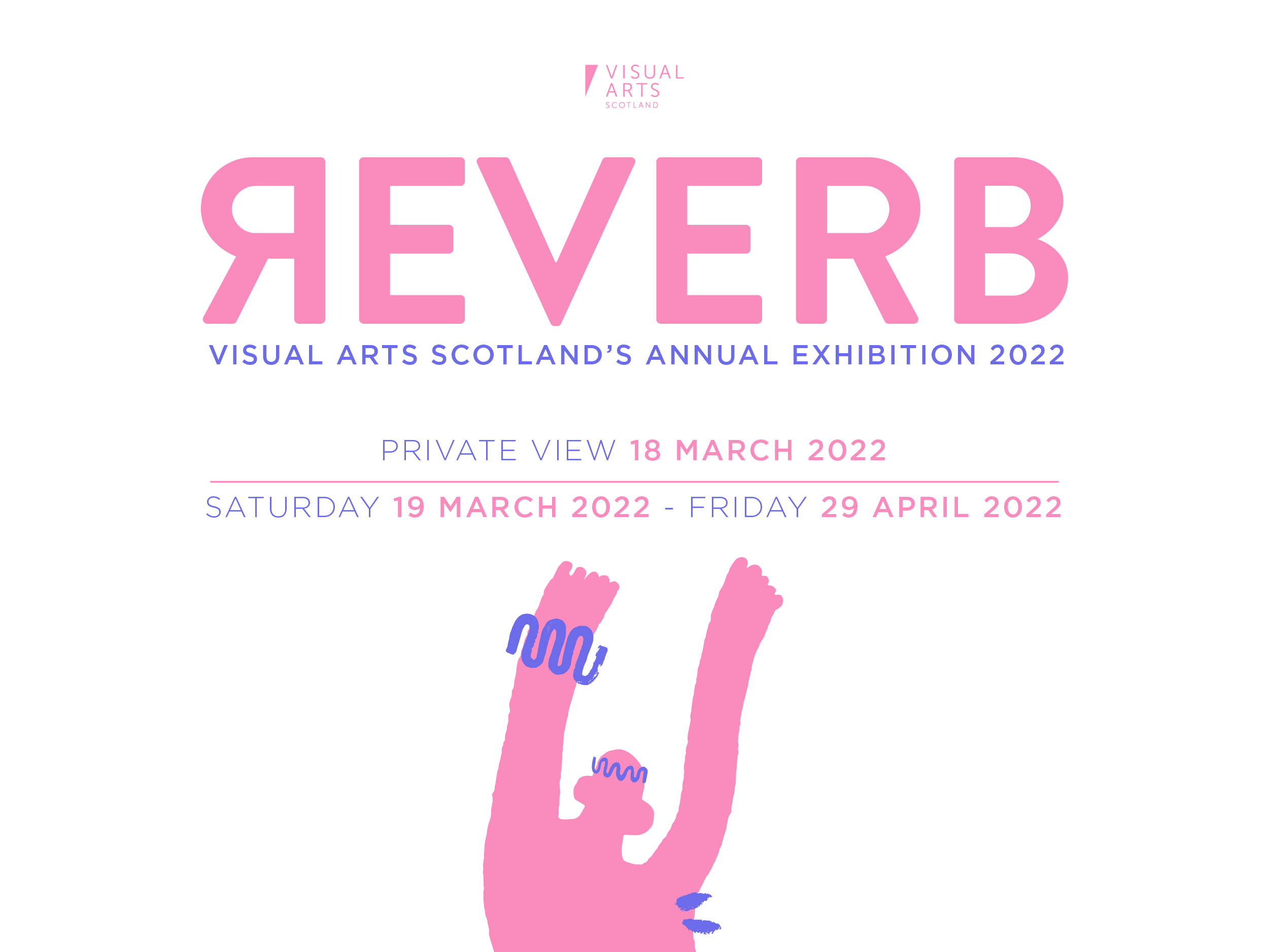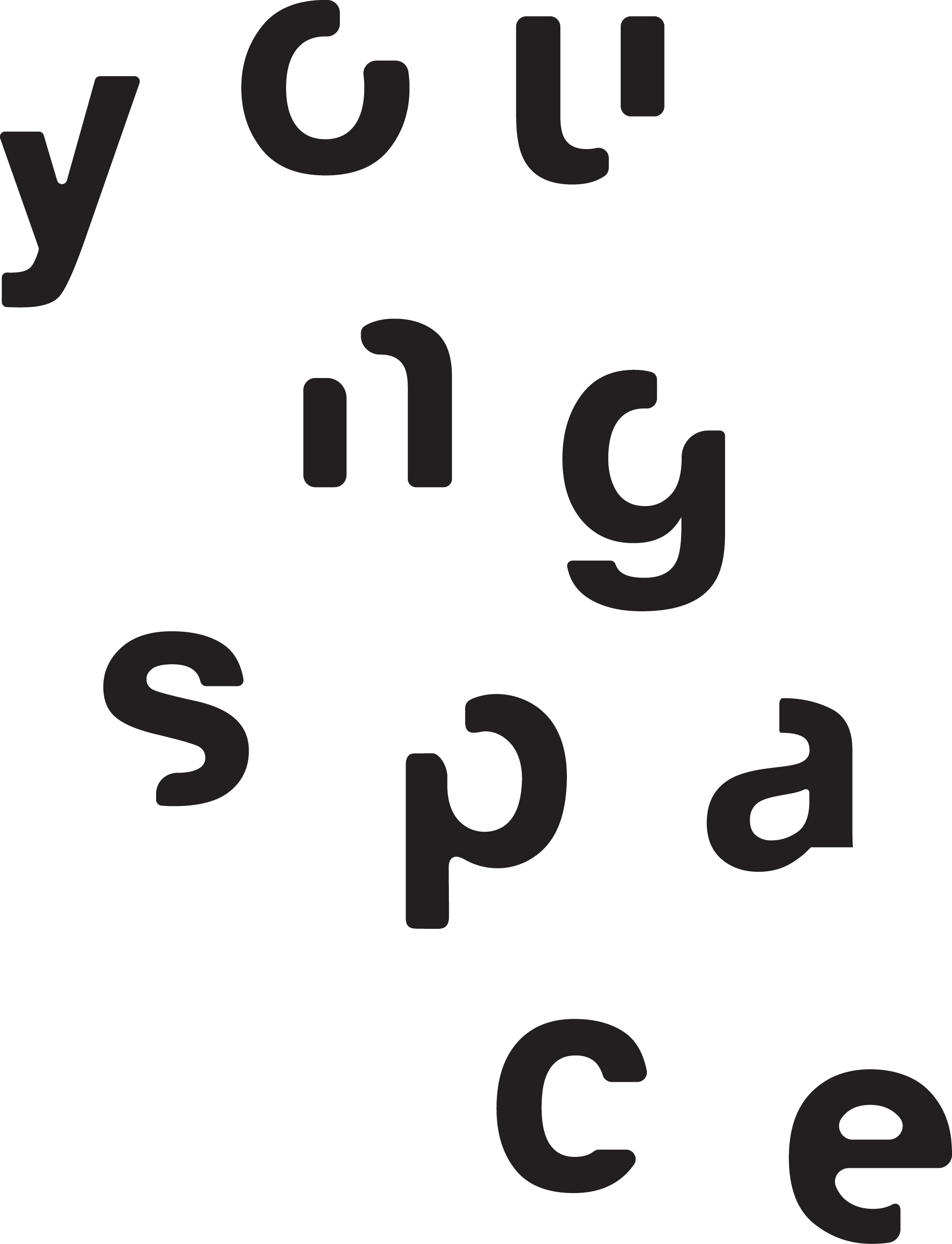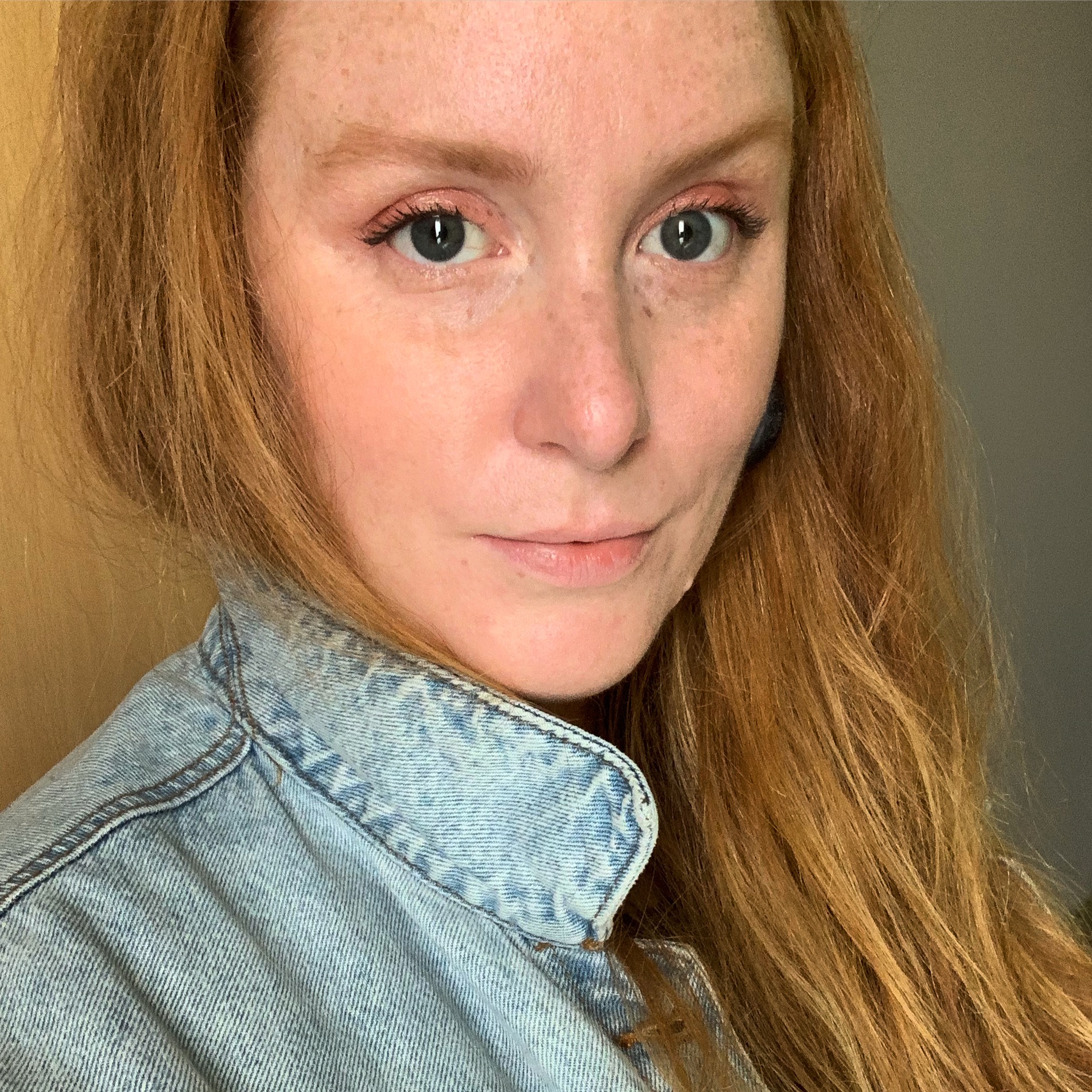Interview with Kate Mothes - REVERB Guest Curator
Apr 4th 2022

We caught up with Kate Mothes, guest curator for REVERB, and found out a bit more about her thoughts on the exhibition and the process of selection.
VAS received loads of submissions this year for our upcoming Annual Exhibition. What were you looking for as a selector?
It was really exciting to see the range and breadth of artwork submitted for the VAS Annual Exhibition - and a daunting task to really try to get a sense of everyone’s work while thinking about how it would all come together in the Royal Scottish Academy space. With a large number of submissions, it’s great to be a part of a committee of others who are part of the selection process, because we all see things differently and have different perspectives, so the discussion can be lively! From my own perspective as a recent transplant to Edinburgh, the vast majority of the work was new to me, so it was an exciting opportunity to learn about hundreds of artists and their work in the region! Unfortunately due to the pandemic, of course, we had to migrate the show online, so it took on a different sensibility and it felt important to represent a wide range of practices and ideas in the space, just like if it had been in a physical gallery.
I’m a bit of a formalist when it comes to making selections from large pools of submissions, especially when the exhibition itself aims to be pretty comprehensive, but I feel that it’s important to look at every artwork individually before thinking in terms of the larger presentation. I look for compositions that are interesting but also feel ‘resolved’, or present either harmony or a sense of interesting tension in the relationships of forms, colour, or line. I also note the medium or the technique - does the artist experiment with a certain type of material, or work with it in a way that makes me think about it differently? Then there are also instances where an artwork just pops out at me, either because of a particular message, sense of humour, or that inexplicable ‘thing’ that appeals to me about some combination of these qualities.
Which works in particular, or artists, really caught your eye?
Jessica Gillies, ‘The Best Thing to Come Out of Edinburgh is the Train to Glasgow’
I love the instantly recognisable train tickets sculptures and such a sense of humour in their size and the way that viewers can walk around them, while also thinking about relationships and connections through the use of distinctive Scottish slang.
Eugenia Popesco, ‘Snakelocks’
Popesco’s interest in printmaking and the reproduction of imagery is really fascinating, mounted in a way that nods to painting, and I was really drawn to the vague feeling of uneasiness in the colour and different quadrants of this mounted print.
Craig Coulthard, ‘Looker’s Disco, Featuring Yon Beast’s O’ St. Athernase’
I really enjoy Coulthard’s approach to this painting featuring Medieval motifs and masons’ marks from St. Athernase Church in Fife, especially with the playful comic-like lettering and a composition that nods to poster design, as if the church itself is a band on tour.
Mae Chan, ‘A Father and Son on the Shore’
Chan has a really nuanced way of exploring the idea of intimacy in her sculptures and utilises different materials and textures in interesting ways. The title of this work is so significant to the feeling of it as well, and it evokes a strong sensation of the feeling of protectiveness and care while feeling open and light.
Joanna Tochman, ‘Crater Lakes’
There’s something eerie about Tochman’s landscape paintings, and the associations they bring to mind range from video games to Art Deco design, infrared technology or images from the Mars Rover. I love the way she treats the pools of water in this painting with the descending step-like gradients of colour that have a sinister element of sort of pulling you in.
Having recently relocated, is there anything you feel is unique or distinct about the Scottish art scene?
One thing I have always found really fascinating and admirable about Scottish art and artists is a distinctive pride and focus on Scottish life and experience. Coming from Wisconsin, which is itself about the size of Scotland but falls within the much larger identity of the United States, I’m really interested in the myriad interpretations of place; all of the social mores, history, physical landscapes, similarities and differences. Along with this, since I first lived in Scotland almost eight years ago for postgraduate study, there is also a really vibrant artist-run or alternative scene that draws on a unique history of subversive arts culture in the country and continues to examine and question issues and ideas that influence us all every day. I think the DIY approach is a fundamental part of the Scottish art scene, and I relate very much to the idea of putting in the labour, time, and love to build community and relationships around projects that actually serve that community and raise questions that directly affect those within it.
Tell us about any current projects you have coming up!
I’ve just wrapped up the most recent in a series of online exhibitions on the Young Space platform, and I’ve decided to take a little bit of time to focus on new research and really getting reacquainted with the Scottish art community. There are always ideas in the hopper! Lately I’ve been working as an editor to the arts and culture website Colossal, and I’m currently working on curating an exhibition of work by Afghan artist Hangama Amiri with David B. Smith Gallery in Denver, CO, which opens at the end of April.
Kate Mothes is an independent curator and founder of Young Space, an itinerant, contemporary art platform emphasising early career and emerging artists through a program of online and offline exhibitions, publications, a micro-grant, and ongoing collaborations. She earned a BA in Art History from the University of Wisconsin-Madison, and an MSc in the History of Art, Theory and Display from the University of Edinburgh. She is currently based in Edinburgh, Scotland.
This year Kate also presented the inaugural Young Space Award as part of REVERB, an award of £250 in recognition of artwork by an early-career or emerging artist that demonstrates a unique concept and original or experimental approach to their medium. The 2022 Prize was awarded to Joanna Tochman.
REVERB is viewable online until 29 April 2022.





SHARE THIS PAGE